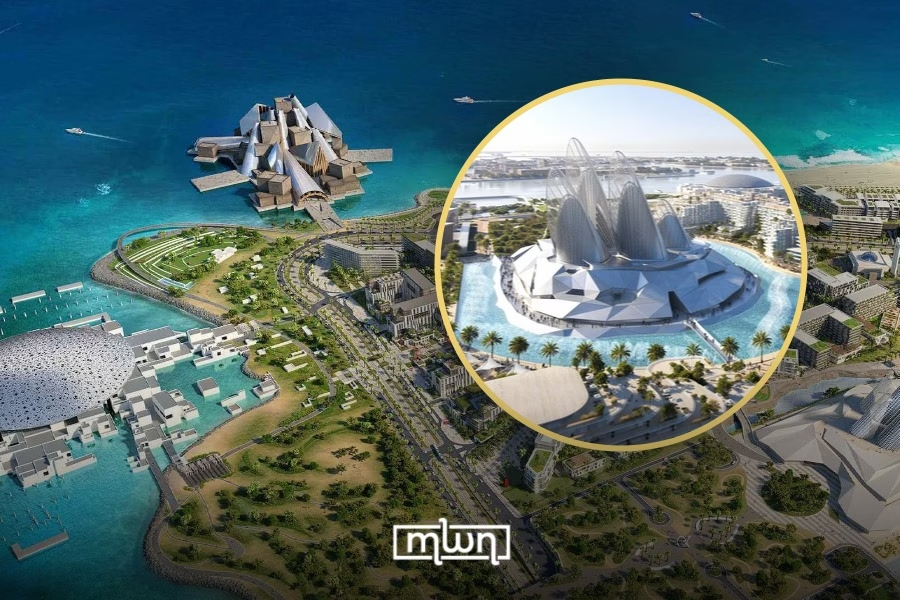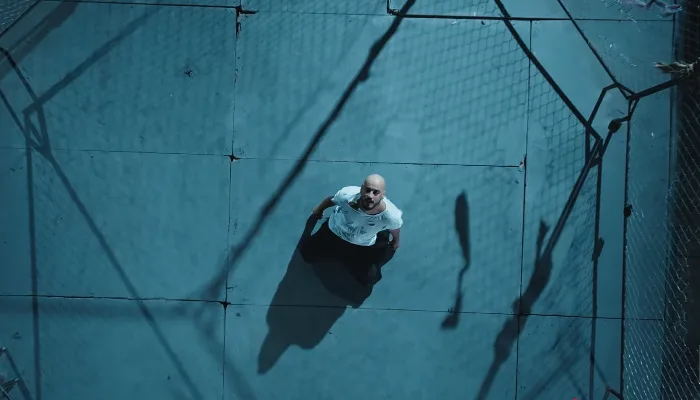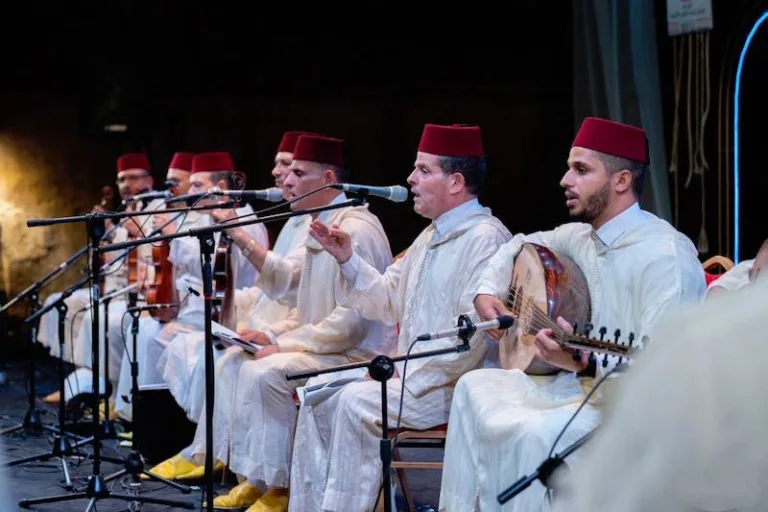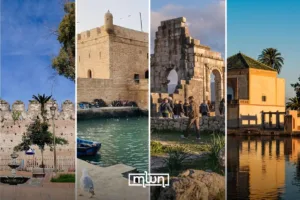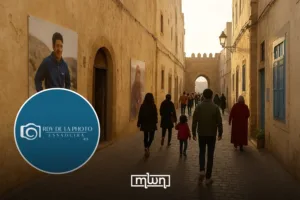In the desert, Abu Dhabi is building the most concentrated museum district on Earth.
Fez – Abu Dhabi is approaching culture the way it approaches architecture: deliberately, ambitiously, and on its own terms.
By the end of this year, the city’s long-planned Cultural District on Saadiyat Island will begin to open in full, offering one of the most densely concentrated collections of museums in the world.
Spanning over two square kilometers, the district brings together internationally recognized institutions such as the Louvre Abu Dhabi and the upcoming Guggenheim, alongside new museums developed specifically for the UAE.
But what makes the project remarkable isn’t just its scale, it’s the way each space has been designed to exist in dialogue with the others.
According to Mohamed Khalifa Al Mubarak, Chairman of the Department of Culture and Tourism, the strength of the district lies in its interconnectedness.
“What makes this project unique is not just the institutions, but how they interact with each other,” he said.
The district will be fully walkable, with shaded and naturally cooled pathways designed to withstand the region’s harsh summer climate.
The idea is to make cultural exploration not only accessible but part of the everyday rhythm of the city.
Among the new institutions is the Zayed National Museum, set to open in late 2025. Designed by Foster + Partners, it will focus on the history, heritage, and future of the UAE and the wider region, exploring themes such as trade, faith, and the natural environment through six permanent galleries.
The Natural History Museum Abu Dhabi, also under construction, will look even further back, tracing the story of life on Earth across 13.8 billion years.
Read also: Hussein Slaoui’s Song That Captured Morocco’s American Moment During WWII
One of its most high-profile acquisitions is “Stan,” a near-complete Tyrannosaurus rex skeleton, purchased for $31.8 million.
Visitors will also see fragments of a meteorite older than the Sun itself.
Adding a contemporary layer to the district is teamLab Phenomena Abu Dhabi, an immersive digital art space created by the Japanese collective teamLab.
The building, cloudlike in form, is designed to house installations that respond to movement, sound, and light, shifting with each visitor’s interaction.
The Louvre Abu Dhabi, which opened in 2017, has already set a strong precedent. With a permanent collection that spans civilizations and centuries, it has positioned itself as a global museum with a regional voice.
Its distinctive dome, designed by Jean Nouvel, remains one of the most striking architectural features in the Gulf.
By the end of 2025, the Guggenheim Abu Dhabi is expected to open, bringing Frank Gehry’s fragmented architecture to the island.
The collection will focus on post-1960s contemporary art, with particular attention to artists from West Asia, North Africa, and South Asia.
Taken together, these institutions reflect a larger ambition: to place Abu Dhabi at the center of cultural production, not just consumption.

